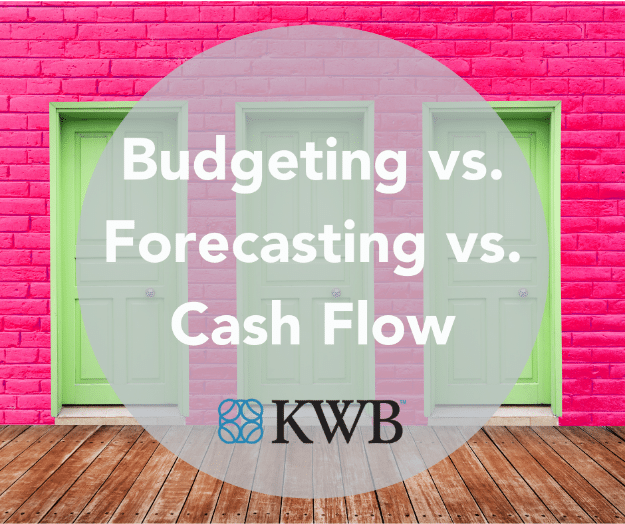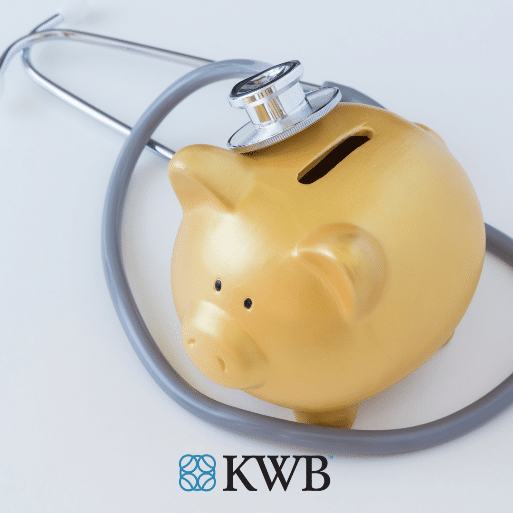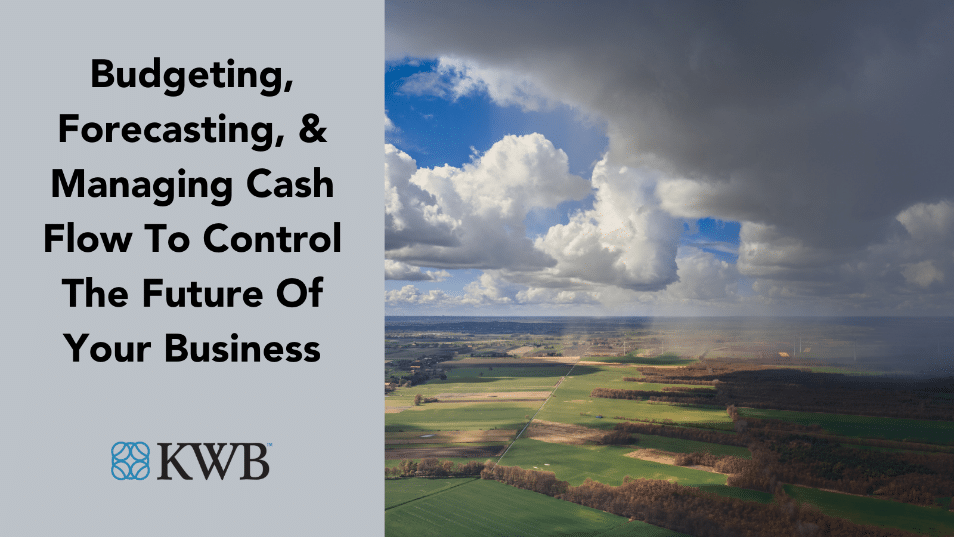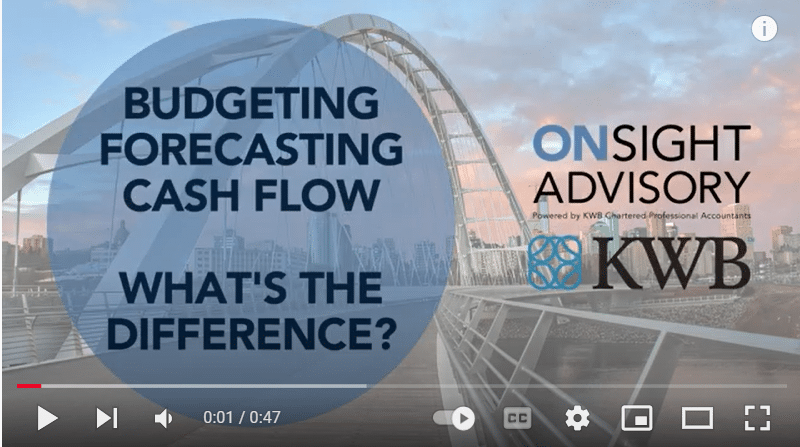Why Have Social Media for Your Business?
Whether you own a small or large business, are just starting out or have been around for many years, you’re growing your customer base or are content with the number of clients you have, a social media presence is key to your brand and business.
Being present on social media and offering relevant and engaging content allows you to be accessible to current and potential clients in a way that makes your business feel personable and trustworthy. Sharing the right content builds your credibility and helps to position you as a thought leader or influencer in your industry.
Remaining active and consistent with your messaging further develops and enhances your brand and image, and also greatly improves your searchability, helping you to be found more easily by more qualified customers.
What Social Media Platforms Should You Use?
There are many social media platforms to choose from and they each have their own social customs and purposes – you do not need to be on all of them. Rather than spread yourself thin trying to engage on all channels, choose just a few that make sense for your business and brand. When selecting what platforms to build your presence on, consider:
- Your intention
- Your audience
- The type of content you will share
- How you want to interact
Each platform has its own unique audience profile. In very general terms and with a focus on a few of the larger channels and their largest age demographic group, they are:
- Facebook
- 25-34 years old
- 43% female, 57% male (no data on other gender identities)
- 33 minutes spent per day
- Still the largest social platform among consumers and marketers, but a slowed growth rate
- Instagram
- 25-34 years old (with the 18-24 age group following closely behind)
- 48.4% female, 51.8% male (no data on other gender identities)
- 29 minutes spent per day
- Has doubled its user base within the past three years
- Twitter
- 18-29 years old
- 38.4% female, 61.6% male (no data on other gender identities)
- 31 minutes spent per day
- 1/3 of users have post-secondary education and make more than $75K annually
- LinkedIn
- 25-34 years old
- 48% female, 52% male (no data on other gender identities)
- 63% of users access LinkedIn weekly, and 22% access it daily
- The top-rated network for lead generation in B2B
- YouTube
- 15-35 years old
- 46% female, 54% male (no data on other gender identities)
- 30 minutes spent per day
- Continued popularity with younger users indicates an ongoing, long-term shift toward video content
- Pinterest
- 50-64 years old followed closely by 30-49 and 18-29
- 78% female, 22% male (no data on other gender identities)
- 14.2 minutes spent per day
- 45% of users have household income of over $100K
How to Use Each Social Media Platform
Each platform has its own purpose and way of communicating with unique customs, media types, and even language. They also have their own image and video size specifications to adhere to for optimal placement and viewing by your audience.
- Facebook | Show
Facebook is where you want to share videos, live videos, and albums. Your audience can engage with your content through reactions, comments, or shares and people can like or follow your page to see your content in their news feed.
Video content tends to generate more engagement than other types of content on this platform. Some ideas for video content include how-to guides and summaries of other content like blog posts. Facebook’s algorithm favours video content that is posted directly to Facebook rather than through a YouTube link.
- Instagram | Smile
Instagram is for high-res photos, quotes, and stories or reels. Images are beautifully curated to be on-brand and eye-catching and to convey your message simply and clearly. Captions are used to provide more information under the image, however if a caption is long, the viewer has to click to see more of it. Instagram’s audience engages through liking and commenting on posts and following profiles.
Photos and videos shared on Instagram should be thoughtfully created and presented artfully. Attention to detail, image components, colours, and backgrounds should be top-of-mind. Instagram stories or reels allow you to present more information than an image post in a way that is still easily digestible to your audience.
- Twitter | Amplify
Twitter is a space for sharing news and information and for engaging in conversation. Your Twitter audience will engage with you by liking your tweets, replying to them, or retweeting them.
Because people use Twitter as a source of news and information, it’s important to share content that is timely and relevant. You can share simple text in your tweet, or images and short videos.
- LinkedIn | Inform
Use LinkedIn as a space to share job postings, company news, and professional content. LinkedIn’s audience will engage with business pages by following them and by liking or commenting on posts and sharing them.
LinkedIn is a great place to demonstrate your company culture, your employees and their experiences and achievements, and your job openings.
- YouTube | Broadcast
YouTube is used exclusively for video content. Videos can range in length from less than a minute to hours, and your audience can engage with you on YouTube by subscribing to your channel and liking or commenting on your videos. Use YouTube to dive deeper into the content you share on other platforms and to share recorded content like webinars or presentations.
- Pinterest | Demonstrate
Pinterest is used for sharing infographics and step-by-step photo guides to inspire and influence your audience. Similar to Instagram, Pinterest is a very visually focused platform. It features vertical images that are artistically created and presented. Pinterest’s audience will engage through following pages and saving pins to their own boards.
Creating Content for Each Platform
All content that you share should be relevant to your business and brand. Avoid addressing news or issues that are not directly relevant to you. Too many businesses harm their credibility by speaking up on topics that they are not experts in, often misunderstanding the conversation that’s taking place and drawing negative attention to themselves. Be a reliable and trustworthy source for content that aligns with your business, brand, and industry.
When you have content to share, it should be curated differently for each platform, based on that platform’s function and customs.
For example, here’s how you might take one key message and share it across a few different channels:
- The key message: Managing your cash flow and budgeting and forecasting for the future are essential to the health of your business.
- The call to action: Learn more about how to implement these activities at https://www.kwbllp.com/2022/02/16/budgeting-forecasting-cash-flow/
This message and call to action should be adjusted for each platform, and graphics should be created according to each platform’s specifications:
- Facebook
- Caption: Are you doing all three? Managing your cash flow and budgeting and forecasting for the future are essential to the health of your business. Learn the difference between them and why each is important here: [link]
- Hashtags: #businessadvisory #businessperformance #edmontonaccountant #albertaaccountant #businessaccounting #businesscoaching #financialplanning #forecasting #cashflow #dentist #medical #doctor #automotive #garage #repair #mechanics #autorepair #contractor #construction #electrician #tradesbusiness


- Instagram
- Caption: Is your business as healthy as it should be? Budgeting, forecasting, and managing your cash flow will help make your business strong. Learn the difference between these three activities and how to implement them here: [link]
- Hashtags: #businessadvisory #businessperformance #edmontonaccountant #albertaaccountant #businessaccounting #businesscoaching #financialplanning #forecasting #cashflow #dentist #medical #doctor #automotive #garage #repair #mechanics #autorepair #contractor #construction #electrician #tradesbusiness


- Twitter
- Caption: Do you manage your cash flow, budget for the next 12 months, and forecast for the next three to five years for your business? Here’s why you should: [link]
- Hashtags: #businessadvisory #businessperformance #edmontonaccountant #albertaaccountant #businessaccounting #businesscoaching #financialplanning #forecasting #cashflow #dentist #medical #doctor #automotive #garage #repair #mechanics #autorepair #contractor #construction #electrician #tradesbusiness

- LinkedIn
- Caption: Managing your business’s cash flow means you have the funds you need when you need them. Budgeting for the next 12 months means you know what to expect and can stay on track. Forecasting for the next three to five years will help you achieve the big picture you desire and assess the impact of major decisions before you make them. Learn more about all three here: [link]
- Hashtags: #businessadvisory #businessperformance #edmontonaccountant #albertaaccountant #businessaccounting #businesscoaching #financialplanning #forecasting #cashflow #dentist #medical #doctor #automotive #garage #repair #mechanics #autorepair #contractor #construction #electrician #tradesbusiness

- YouTube
- Caption: Managing your cash flow, budgeting for the short-term, and forecasting for the long-term will work together to help you improve your business. Learn more: [link]
- Tags: #businessadvisory #businessperformance #edmontonaccountant #albertaaccountant #businessaccounting #businesscoaching #financialplanning #forecasting #cashflow #dentist #medical #doctor #automotive #garage #repair #mechanics #autorepair #contractor #construction #electrician #tradesbusiness

Regardless of the platforms you utilize, remember that social media means communication, interaction, and engagement, not just posting your own content. Don’t forget to follow, like, comment, tag, and otherwise engage with your audience to grow it.
How to Get Started with Social Media for Your Business
The first thing you should do when considering the development or refresh of your social media strategy is to define your goals and purpose. Are you going to use social media to generate product sales? Present yourself as an expert thought leader? Create awareness for your brand? Educate your audience? Once you define your goals and what you intend to get out of your social media efforts, you can then build your strategy to support those goals.
Consider the type of content you want to share, ensuring that all messaging relates back to your goals and represents your brand and business effectively. It’s a good idea to define your central theme or foundational message and then use that as a guide for all the content that you share. All content should be infused with your brand voice, tone, look, and feel, and should tie back to your central theme.
There are three pillars of content to keep in mind when crafting your strategy, messaging, and posts. They are:
- Storytelling
- Sharing expertise
- Having conversations
Together, these pillars create a content system where storytelling and expertise interact to create lived experiences for you to share. Expertise and conversation interact to share active learning content, and storytelling and conversation interact to showcase audience-generated content. This concept can help you to craft messaging and content that is engaging for your audience while also aligning with your goals.
All of these concepts work together to help you build stronger content every time you post.
How Much Time Does Social Media Take?
So how much time and resources do you need to invest in creating and managing social media for your business? That depends on what you can consistently commit to.
For some business owners, it may be possible to hire a full-time social media manager who will develop and share content on a daily basis across multiple platforms. For other business owners, it may only be possible to assign a few hours of social media work per week to an existing employee. The most important thing is to be consistent, whether that means multiple posts a day or one weekly update. Consistent content contributes to a reliable and trustworthy presence for your audience.
Finally, remember that it isn’t necessary for you to have a presence on every social media platform. Choose one or a few depending on your available resources, your goals, and your audience, and focus on managing that. It’s always possible to add to your frequency of posts or to the number of platforms you’re on.
Social Media Improvement Coaching for Business Owners
If you feel you would benefit from one-on-one social media improvement insight and coaching, please book a free consultation here to learn more about KWB’s ONSight Advisory services for business owners.





